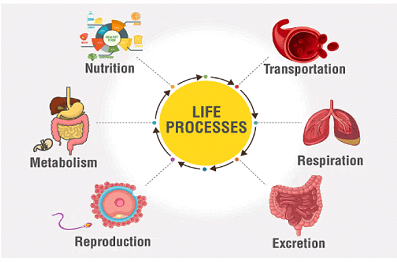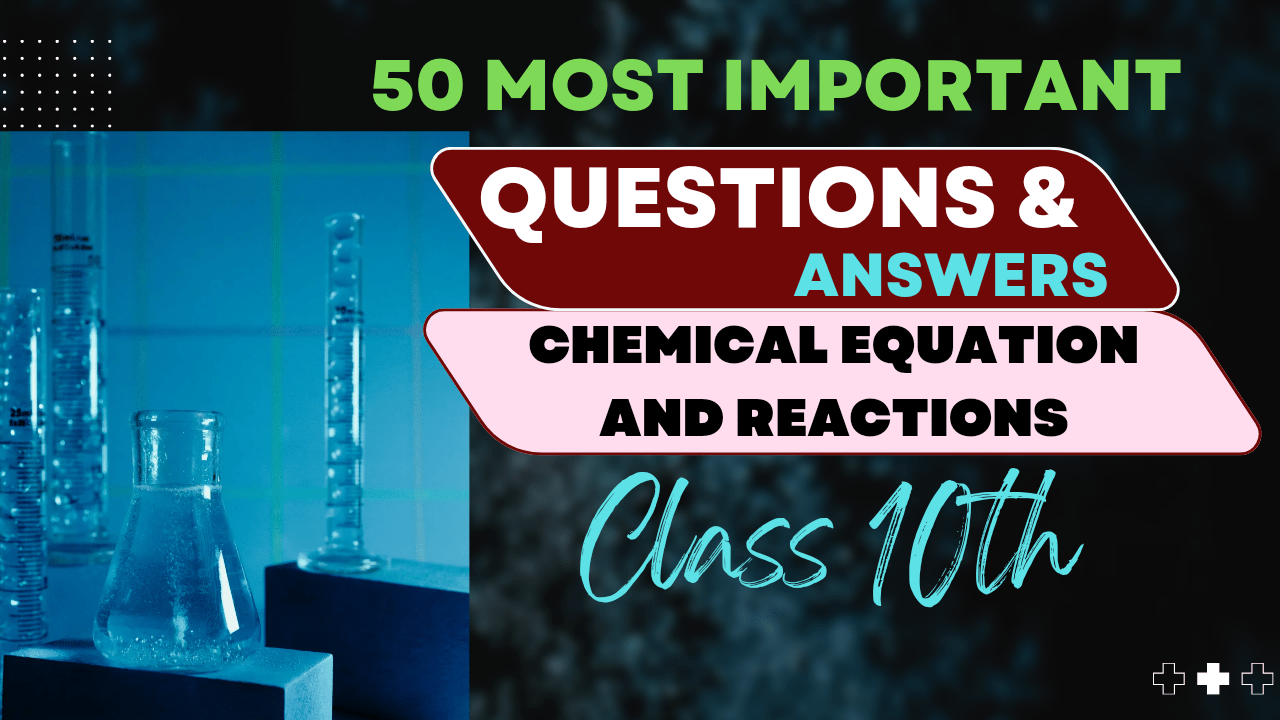Oxidation of Carbon Compounds
Types with examples
Introduction to Oxidation
Oxidation is a fundamental chemical process that plays a crucial role in organic chemistry, particularly in the transformation of carbon compounds. Originally, oxidation was defined as the addition of oxygen or removal of hydrogen from a compound. However, modern definitions have expanded based on electron transfer concepts.
- Addition of oxygen to a compound
- Removal of hydrogen from a compound
- Removal of electrons (loss of electrons)
- Increase in the oxidation state of carbon
Understanding Oxidation States in Carbon Compounds
The oxidation state of carbon in organic compounds can be determined by breaking all the bonds to carbon and assigning electrons according to electronegativity. Generally:
| Bond Type | Electron Assignment | Effect on Oxidation State |
|---|---|---|
| C-H | Both electrons to C | Decreases by 1 |
| C-C | One electron to each C | No change |
| C-O | Both electrons to O | Increases by 1 |
| C=O | Both pairs to O | Increases by 2 |
Common Oxidation Reactions of Carbon Compounds
1. Oxidation of Alcohols
Alcohols undergo oxidation to form different products depending on their class and the oxidizing agent used.
| Alcohol Type | Oxidation Product | Common Oxidizing Agents |
|---|---|---|
| Primary Alcohols | Aldehydes → Carboxylic acids | KMnO4, K2Cr2O7, PCC |
| Secondary Alcohols | Ketones | KMnO4, K2Cr2O7, PCC |
| Tertiary Alcohols | Resistant to oxidation | – |
CH3CH2OH + [O] → CH3CHO + H2O
CH3CHO + [O] → CH3COOH
CH3CHOHCH3 + [O] → CH3COCH3 + H2O
2. Oxidation of Aldehydes
Aldehydes readily undergo oxidation to form carboxylic acids. This high reactivity is often used in tests to distinguish aldehydes from ketones.
RCHO + [O] → RCOOH
- Tollens’ Test: Silver mirror formation with Ag(NH3)2OH
- Fehling’s Test: Red precipitate with Fehling’s solution
- Benedict’s Test: Red precipitate with Benedict’s solution
3. Oxidation of Alkenes
Alkenes undergo various oxidation reactions depending on the conditions and oxidizing agents used.
| Oxidation Type | Reagents | Products |
|---|---|---|
| Mild Oxidation | Cold KMnO4 (Baeyer’s Test) | Glycols (diols) |
| Ozonolysis | O3, followed by Zn/H2O | Aldehydes, ketones, or both |
| Strong Oxidation | Hot KMnO4 or K2Cr2O7/H2SO4 | Carboxylic acids, CO2 (cleaves C=C) |
RCH=CHR + KMnO4 (cold, dilute) → RCH(OH)-CH(OH)R
RCH=CHR + O3 → RCHO + OCHR (via ozonide intermediate)
4. Oxidation of Alkanes
Alkanes are generally resistant to oxidation but undergo combustion and can be oxidized under harsh conditions.
CnH2n+2 + (3n+1)/2 O2 → n CO2 + (n+1) H2O
CH4 + 2O2 → CO2 + 2H2O + heat
Oxidizing Agents in Organic Chemistry
Various oxidizing agents are used in organic chemistry, each with specific applications:
| Oxidizing Agent | Chemical Formula | Primary Applications |
|---|---|---|
| Potassium permanganate | KMnO4 | Strong oxidizing agent; used in cold dilute form for alkenes (diols) and hot concentrated form for side-chain oxidation |
| Potassium dichromate | K2Cr2O7 | Oxidation of alcohols and aldehydes in acidic medium |
| Chromic acid | H2CrO4 | Prepared from K2Cr2O7 and H2SO4; used for alcohol oxidation |
| PCC | C5H5NH+CrO3Cl– | Selective oxidation of primary alcohols to aldehydes |
| Ozone | O3 | Cleaves carbon-carbon double bonds |
| Hydrogen peroxide | H2O2 | Mild oxidizing agent, often used with catalysts |
Practical Applications of Oxidation Reactions
Oxidation reactions of carbon compounds have numerous industrial and laboratory applications:
- Production of Carboxylic Acids: Industrial production of acetic acid, benzoic acid, etc.
- Synthesis of Aldehydes and Ketones: Important intermediates in pharmaceutical and perfume industries
- Qualitative Analysis: Tests for functional groups identification (e.g., Tollens’ test for aldehydes)
- Biofuel Production: Oxidation of alcohols in biofuel processing
- Food Industry: Controlled oxidation in fermentation processes
- Polymer Industry: Oxidation of monomers for polymer synthesis
Mechanisms of Oxidation Reactions
Understanding the mechanisms of oxidation reactions is crucial for predicting products and designing synthetic routes.
1. Alcohol Oxidation Mechanism
The oxidation of alcohols by chromium reagents proceeds through chromate ester formation:
- Formation of chromate ester by nucleophilic attack of alcohol on chromium
- Deprotonation of alpha-hydrogen by base
- Elimination to form carbonyl compound and reduced chromium species
2. Permanganate Oxidation Mechanism
The oxidation by permanganate involves electron transfer and formation of manganese intermediates:
- Initial electron transfer from substrate to permanganate
- Formation of radical intermediates
- Further oxidation steps with reduction of Mn(VII) to Mn(IV) or Mn(II)
Biological Oxidation
Oxidation reactions are fundamental to metabolism and biological processes:
- Cellular Respiration: Oxidation of glucose to CO2 and H2O with energy release
- Fatty Acid Oxidation: β-oxidation pathway breaks down fatty acids
- Detoxification: Cytochrome P450 enzymes oxidize xenobiotics
- Oxidative Phosphorylation: Electron transport chain in mitochondria
Practice Problems and Exam Tips
- Always identify the functional group before determining possible oxidation products
- Remember the reactivity order: Primary/Secondary alcohols and aldehydes are oxidizable, while tertiary alcohols and ketones are resistant
- Look for clues in the reagents to determine the extent of oxidation
- Practice drawing mechanisms to understand the reaction pathway
Sample Problem 1: Product Prediction
Question: Predict the product when propan-1-ol is treated with:
a) K2Cr2O7/H2SO4 with heat
b) PCC in dichloromethane
a) CH3CH2CH2OH → CH3CH2COOH (Propanoic acid)
Explanation: Strong oxidizing conditions with heat will oxidize the primary alcohol completely to carboxylic acid.
b) CH3CH2CH2OH → CH3CH2CHO (Propanal)
Explanation: PCC is a mild oxidizing agent that converts primary alcohols to aldehydes without further oxidation.
Sample Problem 2: Distinguishing Tests
Question: How would you distinguish between acetaldehyde and acetone using a chemical test?
Use Tollens’ reagent [Ag(NH3)2OH]. Acetaldehyde will produce a silver mirror due to its oxidation to acetic acid, while acetone will show no reaction as ketones are resistant to oxidation.
CH3CHO + 2[Ag(NH3)2]+ + 3OH– → CH3COO– + 2Ag + 4NH3 + 2H2O
(silver mirror formation)
Conclusion
Oxidation reactions of carbon compounds are essential processes in organic chemistry, providing pathways for functional group transformations and synthesis of important industrial and pharmaceutical compounds. Understanding the principles, mechanisms, and applications of these reactions is crucial for chemistry students, particularly in exam contexts.
The ability to predict oxidation products based on substrate structure and reagent properties is a fundamental skill in organic chemistry. By mastering these concepts, students can tackle complex synthesis problems and understand the chemical basis of many biological and industrial processes.



